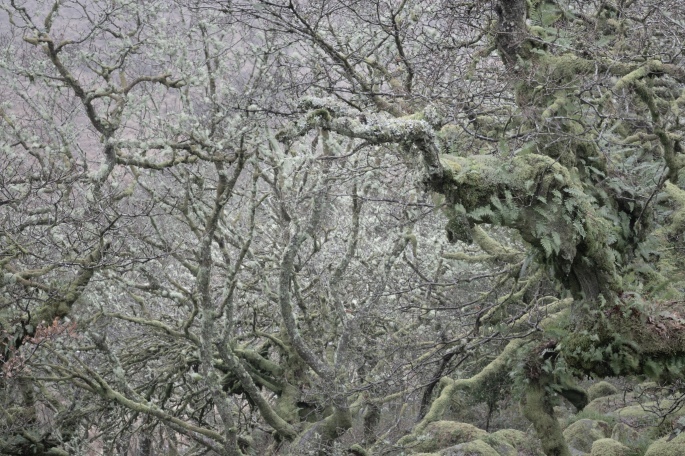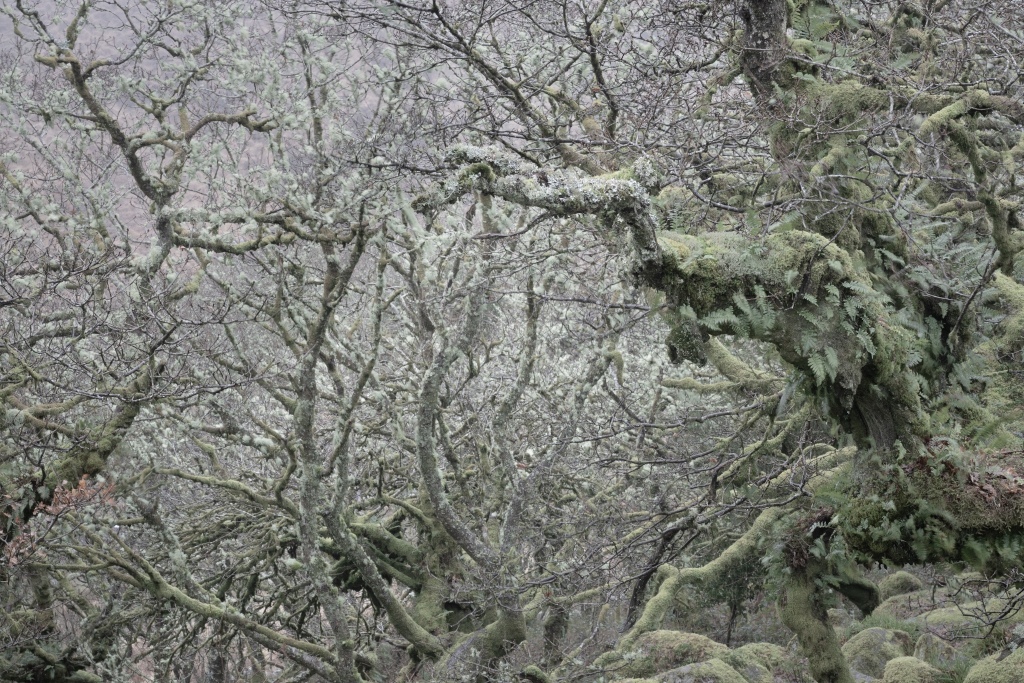
Working on this series of short articles (4 in total over the coming months) for the team at Outdoor Photography is my idea of a dream. Each explores a different aspect of sustainability from a slightly different perspective. We didn’t want to simply show more photos of polar bears on icebergs or retreating glaciers, which focus on fear and apocalypse at a global scale, but rather on how we as individuals can process the subject and ‘be the change’ through our own actions. How we do this is a very personal thing and there is no single, right answer or way, and I know for a fact that my own journey is far from perfect.
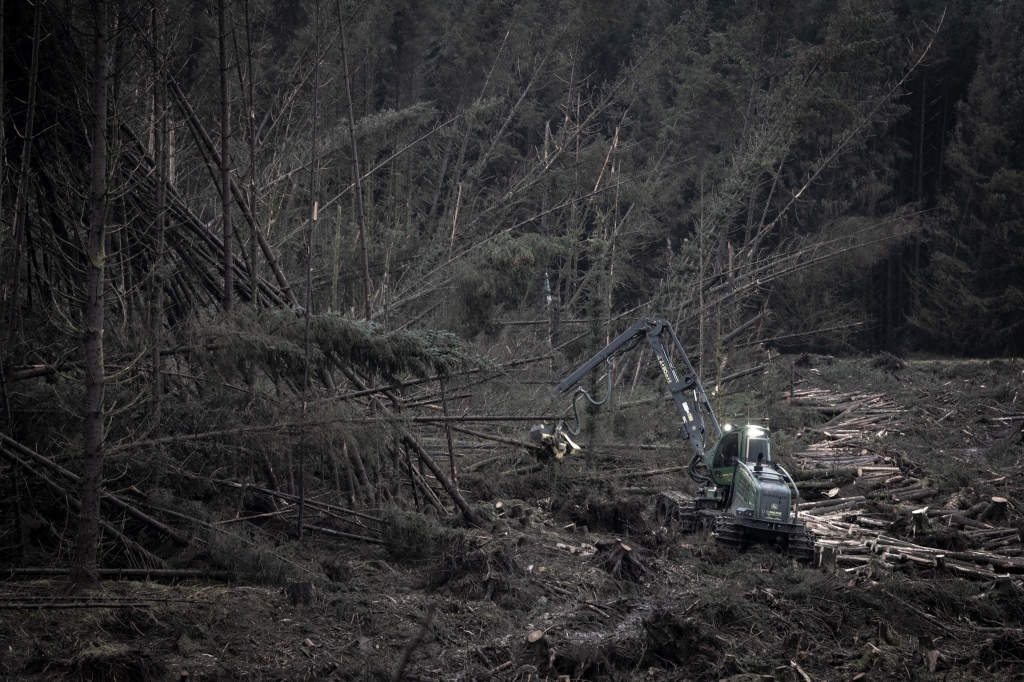
In this first article of the series (Outdoor Photography issue OP291) the theme was ‘making a connection – how a deep understanding of a landscape/habitat can increase our sense of awe and enrich our photography’. I like to think that many of us have sensed the rewards of the greater connection with place through the pandemic years, including repeated visits to local venues, slowing down and immersing ourselves in the familiar. For me it means getting closer to either a location or a subject, pealing off layers and attempting to discover a deeper resonance.
In the article I refer to finding myself immersed within the landscape rather than passing through, which I often find on longer haul tours to remote locations where I can only stay a few hours or at best days. In these circumstances I absolutely get the consumer ‘hit’ of the novel but increasingly this is not what I am seeking for personal reward as I seek a richer experience with nature.

Exploring depths, nooks and crannies on multiple occasions, in different lights and seasons, piques a desire to want to know more. To dig deeper. As a result I find myself reading up on subjects and exploring them from alternative angles that each help build a bigger picture. Not all venues and locations need to be the perfect wood. Indeed, some of the most fascinating elements of the project is learning to understand the sheer variety and quality of each individual treescape and see the impacts of different management systems. For whilst every tree is extraordinary, not all treescapes are.
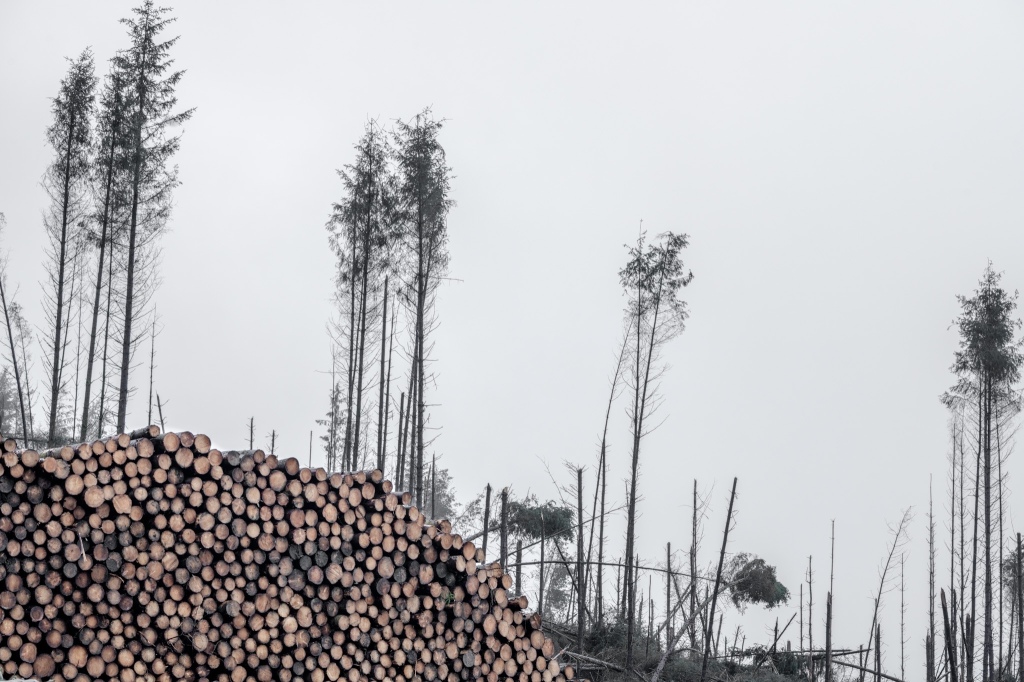
For this forestry project I ‘research’ each site in a variety of ways. I shoot species images to build an understanding of biodiversity, bark photos to require more intimate considerations, I downloaded an app on my iPhone to compare light level readings in different types of woodland, apps to record sounds and apps to identify species. I designed a spreadsheet so I was consistent in my approach across multiple locations so I could compare findings after the event. I even collected soil sample which now sit as specimen jars in the garden shed awaiting ideas for use. We have already made chromatograms with them to identify the differences in soil types in differing treescapes and I am currently exploring their use in alternative post production techniques.
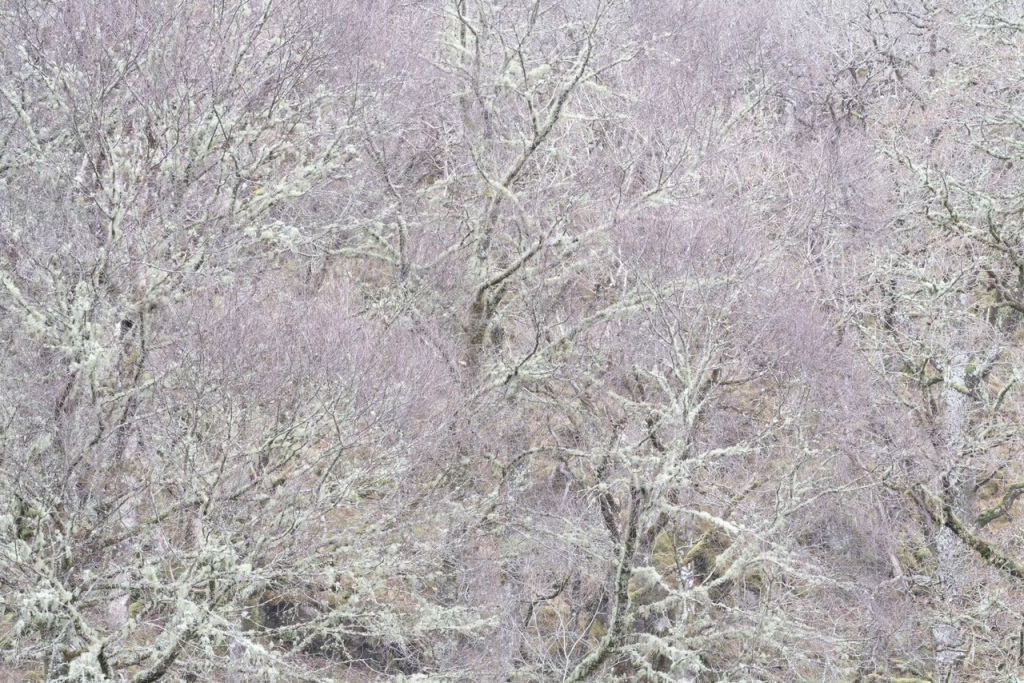
These collected wisdoms are helping build my wider understanding of both the individual locations I visit and when comparing the myriad of different woodland/forest treescapes which can be found across the UK. All ultimately informs each final image. I think the project will continue throughout this year as I draw the various threads together into a final outcome but with the imminent “Forest consultation” I felt it timely to share some initial thoughts.
Writings, Websites & Rabbit Holes
A few definitions, ás I interpret them, as a start…
Rainforest – we all know of the ‘jungle’ or tropical rainforests. But there are also temperate rainforests across remote corners of the planet, including amazing ancient remnant pockets right here in the UK. These are truly places to discover and lose yourself in.
Ghostwood– normally thought of as a wood that once was. Now the trees have been removed by man for agriculture or other purposes. But I also see ghostwoods where old trees still remain with improved and overgrazed grasslands around them and not a sapling or rich forest floor to be seen. The trees may still be there but unless urgent action is taken a wisp, memory and imprint on a map is all that will remain.
Tree Farm – this is where a ‘crop’ of usually conifer plantation, predominantly of a single species, is planted and then entirely felled once its timber value has been realised, usually after 30-40 years. it is impossible to call such a space a forest in the same way we do an ancient woodland, for they bear scant resemblance.
Whilst there is no end of brilliant literature on the subject if you are interested in woodlands I can highly recommend the following as ways to gently begin to immerse yourself in this fascinating realm. All have greatly enriched my understanding and appreciation
- Suzanne Simard – Finding the Mother Tree – in my view an essential read whether interested in trees or not. One of my favourite reads in years. Dr Simard is inspirational. Mog and I also listened to the audiobook on a long roadtrip – brilliant.
- Oliver Rachman – Trees and Woodland in the Bristish Landscape. A godfather of knowledge.
- Peter Wohllenben – The Hidden Life of Trees
- Richard Powers – The Overstory. Novel.
- Guy Shrubsole – The Lost Rainforests of Britain. A new view to inspire a different generation.
Endless rabbit holes to fall into but you could do worse than start by googling
- The Lost Rainforests of Britain
- The Alliance for Scotland Rainforests
- The Woodland Trust
- Trees for Life
I love this subject and am always happy to hear the thoughts of others and have a chat (as Morag keeps reminding me). So if you have any queries, idea or counter positions, feel free to email me at tedleeming@me.com

